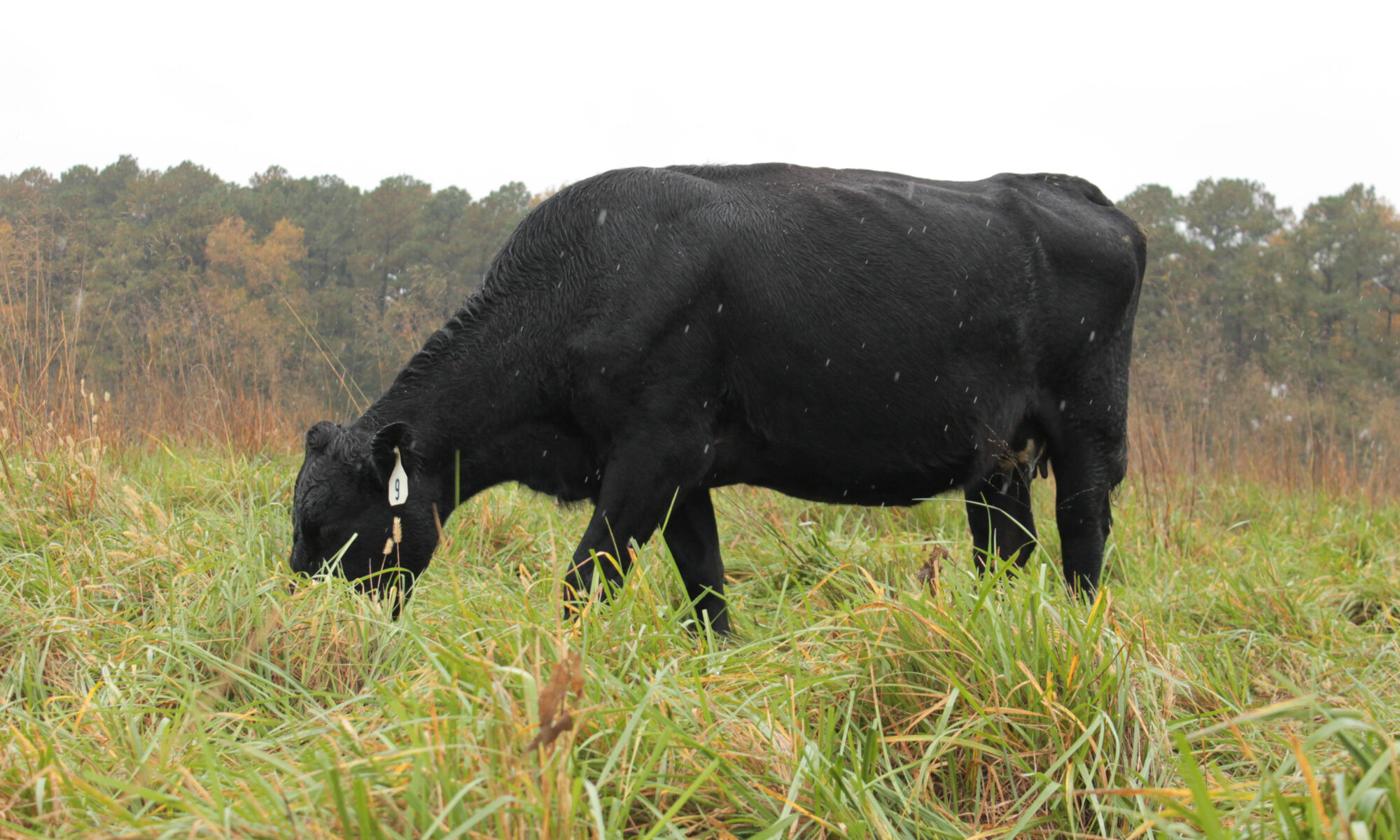
Agriculture and Natural Resources
Some days (thankfully, just a few) remind me of my time in Florida: hot, humid, and sticky. Even though it’s feeling like Florida weather, I want to take this month’s article to remind you to check your forage inventory and start thinking about your hay needs for the winter. Ask yourself: How many animals will you be feeding? How much hay and pasture will you need to get through the season? I know it may feel early, but by the end of the month, we’ll need to decide which pastures to stockpile for late-season grazing.
It’s one of the best ways to stretch the grazing season and cut down on hay costs here in Tennessee. Come late August, it’s time to clip back old growth and weeds to encourage new tillers and fresh growth. If you’ve got legumes in the pasture, even better, they fix their own nitrogen and offer high protein content. Even with mixed pastures, after a good rain, it pays to fertilize with up to 150 lbs of urea per acre. Just make sure to rest those pastures until after the first frost to let the forage build up.
How you manage that stockpiled pasture matters, too. As animals graze, they can trample dry forage and waste a lot of it. One way to reduce losses is to divide the pasture into smaller paddocks and rotate animals between them. If you really want to be efficient, strip grazing is the way to go. It takes more management, moving an electric fence based on the number of animals and available forage, but it gets the most out of your pastures.
A question I get a lot is: When is it too late to start stockpiling? While we always recommend clipping and fertilizing in late August, sometimes the weather just doesn’t cooperate. Drought, early frost—you name it. And no one wants to spend money on fertilizer they won’t get a return on. When folks ask me, I usually answer with another question: How many good forage-growing days do you think you have left before first frost? If you think there’s still 30–40 days of decent growth and some moisture in the soil, I’d say go ahead and take the risk. If not, it’s hard to justify the expense.
As always, weather’s the wild card. The 3-month outlook from the Climate Prediction Center is calling for above-average rainfall across all of Tennessee, especially in the eastern region of the state. Fingers crossed this fall treats us better than 2023 and 2024. We’re due for a good one!